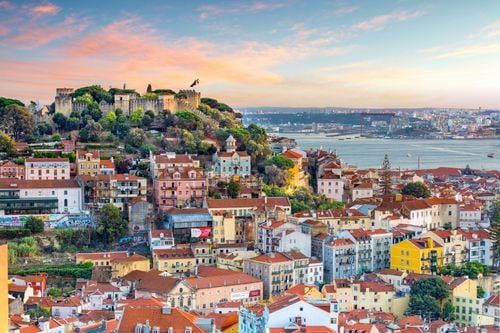A blend of history and art of living

Dijon city center
- © Leonid Andronov / Shutterstock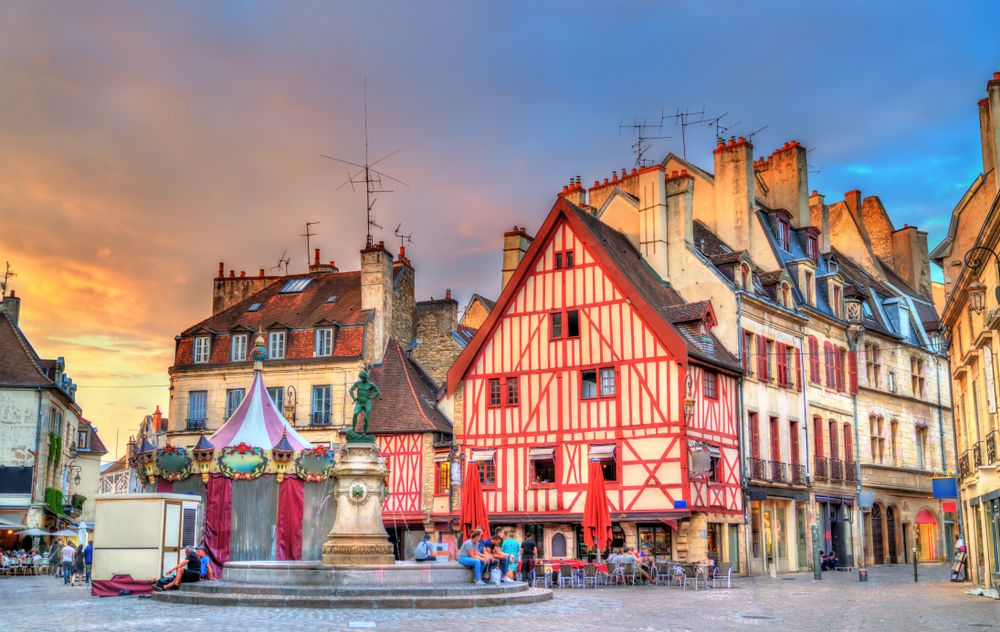
A blend of history and art of living
Dijon is not just the capital of Burgundy, it also represents the Burgundy-Franche-Comté region and the Côte-d'Or département. Its strategic position in the heart of the countryside and between two converging rivers, the Suzon and the Ouche, gives it an exceptional environment in which to produce local products that are recognised and appreciated the world over. Behind its modest reputation, it is a prestigious cultural destination, particularly with foreign visitors who appreciate the local gastronomy. This historic French region is home to a number of religious buildings, and is also known as the "city of a hundred bell towers". In its streets, you can admire the 13th-century church of Notre-Dame de Dijon, one of Dijon's most visited and famous buildings. You can also visit the 16th-century church of Saint-Michel. The 13th-century Cathédrale Saint-Bénigne is also well worth a visit.
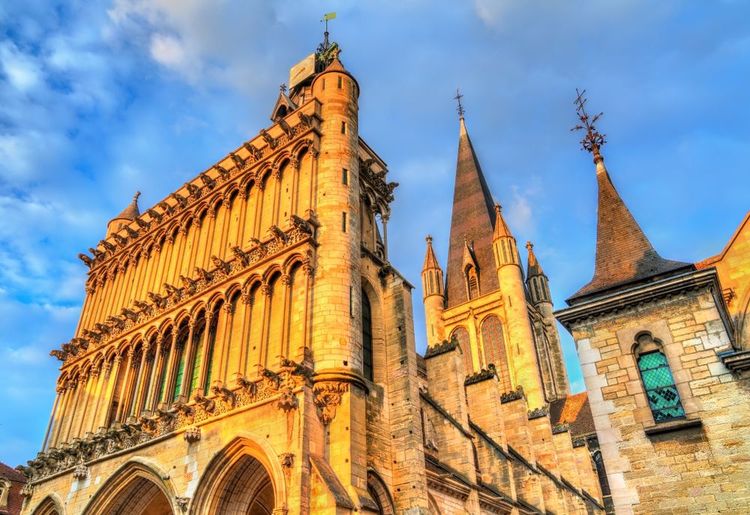
Notre-Dame church, Dijon. Burgundy, France
- © Leonid Andronov / ShutterstockAs well as its countless carillons, Dijon has a city centre steeped in history. In the streets of the city centre, you can admire buildings dating from the Renaissance period, Gothic-style architecture and medieval houses. One of the best known of these is the Maison Millière, now a restaurant and tearoom. Of all the shops in Dijon's hypercentre, Maison Millière is easily recognisable. Don't forget to bring your camera!
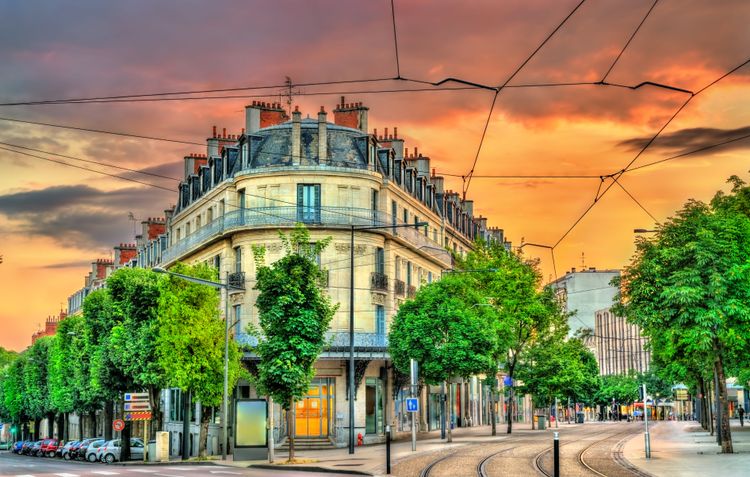
Traditional buildings in the center of Dijon, Burgundy, France.
- © Leonid Andronov / ShutterstockAnother of Dijon's architectural feats is the Palace of the Dukes of Burgundy. Built in the 14th century, it served for many years as the residence of Philippe le Bon. The building boasts two towers, one of which is known as "Philippe le Bon's Tower". You can climb to the top of this tower to admire the view and take a closer look at the town, but also to enjoy an aperitif during the day or at nightfall.
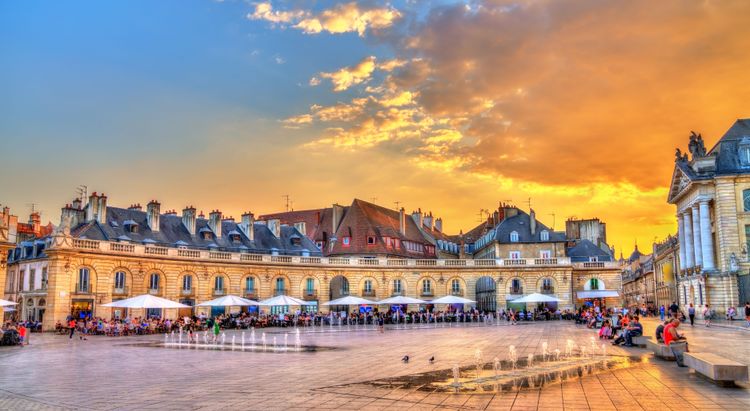
Palace of the Dukes of Burgundy, Dijon, France.
- © Leonid Andronov / ShutterstockWhere there's architectural heritage, there's museums. The city of Dijon is a real cultural centre, with many cultural sites to visit: a fine arts museum, an archaeological museum, the museum of sacred art, the museum of Burgundian life, the magnin museum, the Rude museum, the Consortium, the Burgundy electricity museum, the city of gastronomy and a natural history museum. It's worth noting that most of these galleries offer free tours, which will appeal to adults and children alike. So Dijon is the perfect place to visit if you're looking for a cultural break in France.
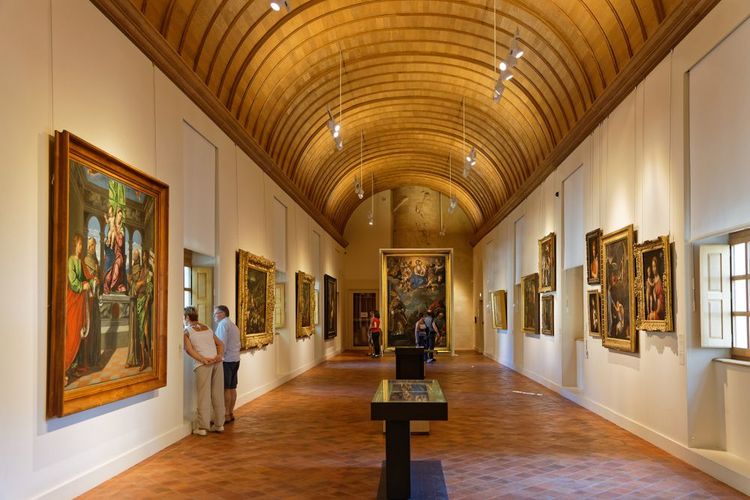
Dijon Museum, Burgundy, France.
- © Pierre Jean Durieu / ShutterstockIf you prefer to wander the narrow streets, Dijon has its own walking route, which is widely used every year. It's called the Chouette (Owl) trail, and it passes through twenty-two main points in the historic centre. Each area will take you to an ancient building, be it a church, a house or the palace. In less than an hour, you'll be able to photograph these different places and stroke the left wing of the owl carved into the stone. There is a belief that by making this gesture, all you have to do is make a wish and it will be granted.
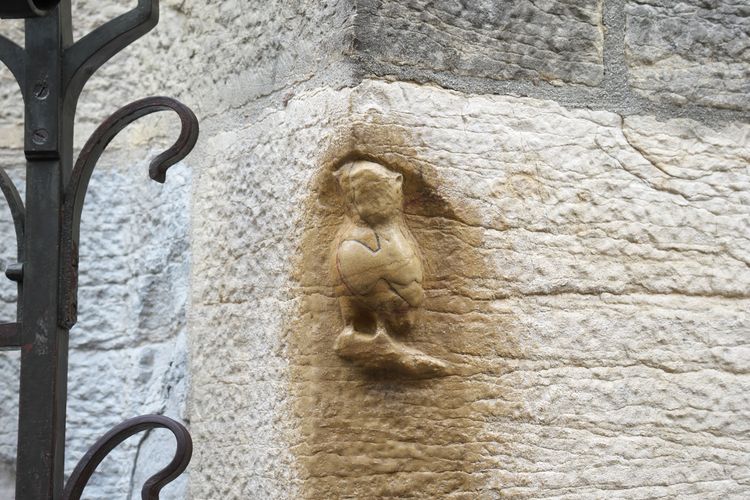
Le parcours de la Chouette, Dijon, France.
- © Khun Ta / ShutterstockIn the heart of Dijon, you can also enjoy a variety of shops and restaurants. If you're looking for a present for a loved one or a souvenir, Dijon's shops sell clothes, hats, Burgundy wines, Dijon specialities such as mustard, and much more. When it comes to restaurants, you can discover Burgundian cuisine, particularly gourmet cuisine.
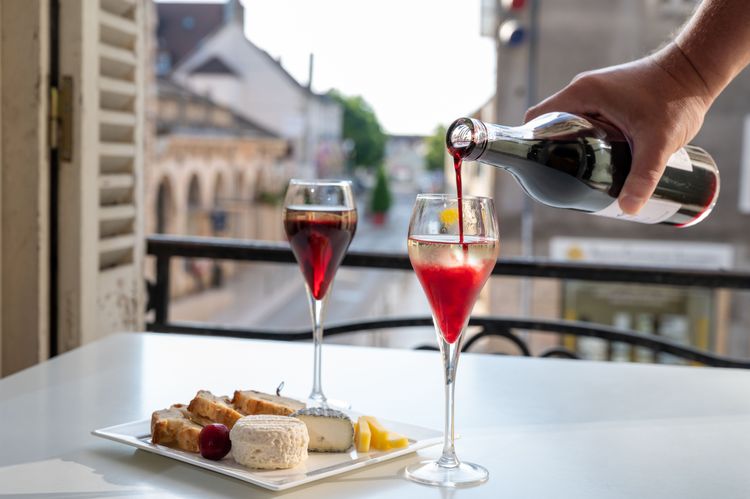
Restaurant Dijon, kir royal
- © barmalini / ShutterstockThe area around Dijon is also well worth a visit. While you can enjoy a moment of peace and quiet in Dijon's various gardens, you' ll also have the opportunity to take the wine route that starts from the town. You 'll be able to reach the village of Beaune and admire one of its most majestic buildings, before hitting the road again to explore more than thirty villages. As well as savouring the wine produced here, you can admire the expanses of vines that sometimes stretch as far as the eye can see.

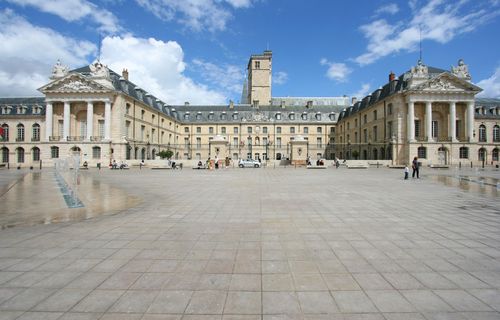
 1
1
 2
2
 3
3
 4
4
The city of Dijon welcomes many visitors every year. Some come for its famous mustard, others to enjoy the museums, while some are fascinated by the different architectural styles that can be found here. There is no season more suitable than another for visiting Dijon. In winter, you can take advantage of the terraces and restaurants to enjoy good chocolates and hot dishes. In spring, you can take advantage of the fine weather to hang out in the parks and shop. In summer, you can take a dip in Lac Kir. Finally, in autumn, you can admire Dijon and its gardens in their orange hues, depending on your preference. Dijon is most popular in spring and summer.
There's no shortage of accommodation in Dijon. There's no shortage of hotels, all of which seem to be more radiant than the last. With their chic, luxurious decor, they could be just the thing for you. But don't panic, there are plenty of flats available to rent for the duration of your visit. They are well placed, spacious and affordable.
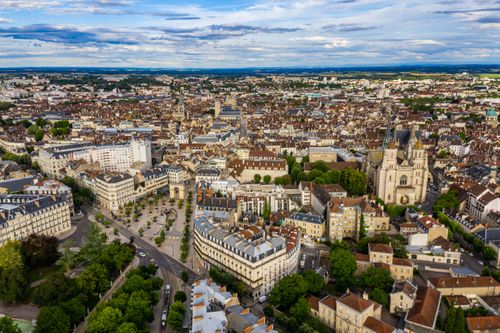
👉 Booking in advance
As with any tourist destination, it's always best to plan ahead. First, you can check out the wide range of accommodation available in Dijon, and choose the one that suits you best. Certain places and restaurants are very popular all year round. For example, if you want to have an aperitif on top of Philippe le Bon's Tower, make sure you book in advance. In fact, many Dijon residents and visitors want to admire the sun setting over the city of Dijon, while enjoying a kir and some Burgundian dishes.
👉 Visits
While most of Dijon's museums are open to the public free of charge, not all of them are. If you're keen to visit, be sure to check the relevant websites for prices and opening times. Some museums also offer temporary exhibitions. If you are interested in one of these, find out when it will be on show. Some sites may be undergoing restoration work. Some museums are housed in old buildings, such as abbeys or churches, so some areas may not be accessible. Once again, don't forget to consult the websites of the museums that interest you.
👉 Safety
As a result of the COVID 19 pandemic, health restrictions may apply in certain communal areas. To find out about these, you can contact the museums and other sites directly by telephone, or by email. Since not all sites are always updated, getting a direct response is still the most appropriate.
🚌 Transport
Dijon has two public transport systems, bus and tram. If you are visiting this city without a vehicle, you will still be able to get around easily. To take advantage of a map tracing bus routes and timetables, you can visit the tourist office. As well as numerous guides to restaurants and places to visit in the city, this centre also offers maps of the city, with every bus and tram stop indicated. If you're coming to Dijon by car, be sure to check with your rental car company to see if they've allocated a parking space for you. You should be aware that most car parks charge a fee, but since there are plenty of them, you won't have to drive around for hours to find a parking space. Finally, you can also find local car hire agencies if you arrive by train or plane.
Don't forget your camera! The city of Dijon is full of wonders that you'll want to capture on film during your stay here.
explore Try out our comparators
It is Easy to travel

